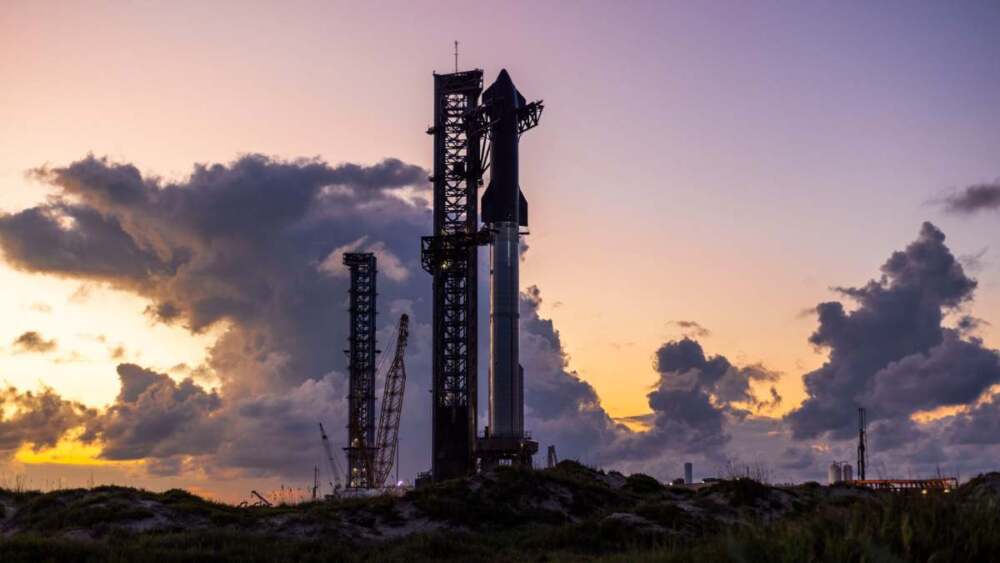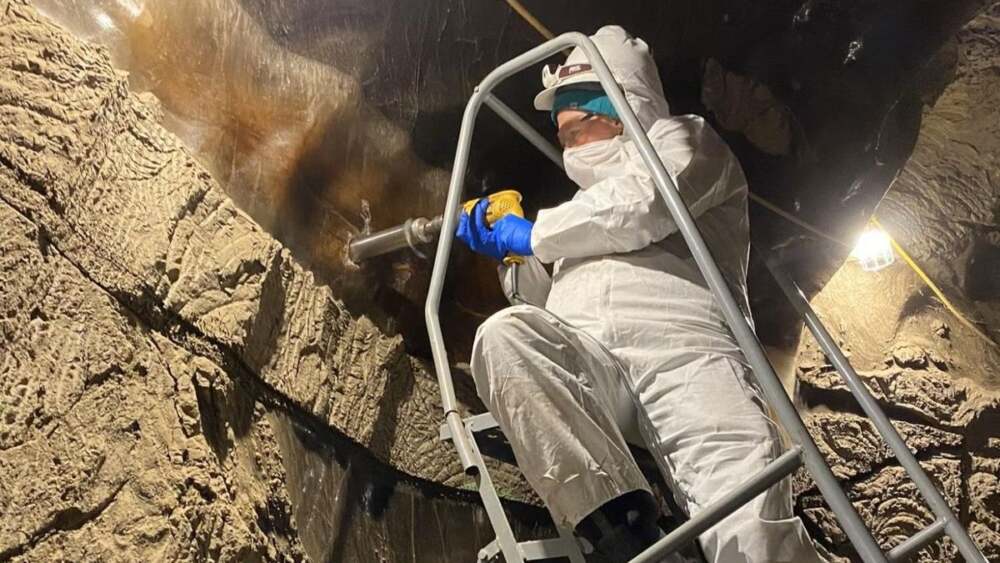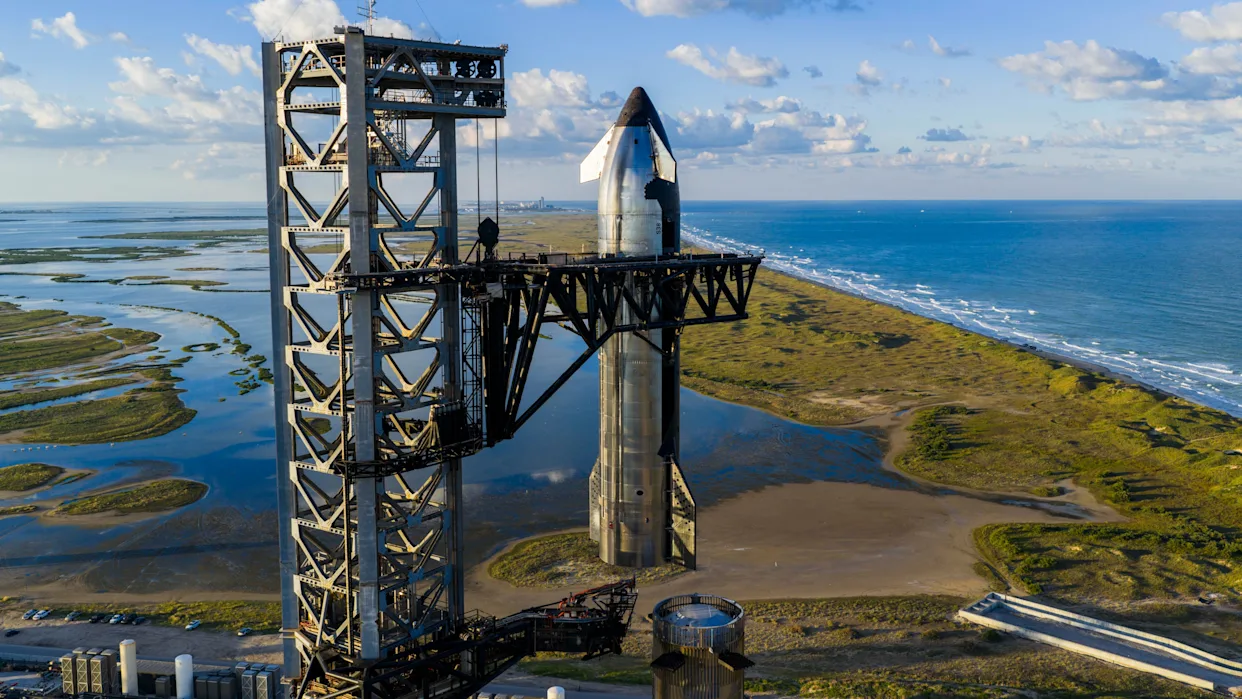The race to the stars is accelerating once again. October 2025 has emerged as one of the busiest months of the year for global rocket launches, with commercial giants, national space agencies, and private startups all making their mark in orbit. From record-breaking booster reuses to the deployment of next-generation communication satellites, the latest wave of missions showcases how dynamic and competitive modern spaceflight has become.
A Flurry of Activity Across the Globe
This month saw multiple launches take place across continents, led by the United States and China — two nations driving the new space economy with relentless momentum.
In the United States, SpaceX continued its unmatched launch cadence, completing several successful Falcon 9 missions from both Cape Canaveral in Florida and Vandenberg Space Force Base in California. One of the missions deployed a new batch of Starlink v2-Mini satellites, expanding the company’s global broadband constellation. Another launch supported the U.S. Space Force, delivering satellites for the growing national security transport network.
Meanwhile, China maintained its own rapid pace, launching several rockets including the Long March 8A and Kinetica 1 vehicles. These missions placed Earth-observation and communications satellites into orbit, highlighting China’s ongoing focus on both commercial expansion and technological self-reliance. Each successful flight reflects the country’s determination to strengthen its space infrastructure and broaden its influence beyond Earth’s atmosphere.
Milestones and Records
Among the standout achievements this month was a remarkable milestone for SpaceX’s reusable rocket technology. One Falcon 9 booster completed its 31st flight, setting a new record for rocket reusability. This achievement marks a major leap forward for cost-effective and sustainable access to space, further proving that reusable systems can be both reliable and economically viable.
Interestingly, not all missions were reusable this month. One Falcon 9 launch was intentionally expendable, meaning the booster was not recovered after flight. This approach, while less common now, is still necessary for particularly heavy payloads or missions requiring unique orbital trajectories that leave no fuel margin for recovery.
China’s Long March and Kinetica rockets also demonstrated significant versatility, deploying payloads across different orbital regimes. With both commercial and governmental satellites in the mix, the country’s multi-purpose approach to launch services is keeping pace with global competition.
Why the Launch Boom Matters
This surge in launch activity is more than just a show of technical prowess — it’s a sign of shifting priorities and expanding opportunities in space. The growing number of launches supports several key developments:
- Expansion of Satellite Constellations: Broadband and Earth-observation constellations are multiplying at unprecedented rates. Every new launch adds dozens of satellites to the networks that provide global internet coverage, weather monitoring, and imaging capabilities.
- Reusable Rocket Economics: The continued success of reusable boosters is transforming launch economics, reducing costs per flight and opening space access to a wider range of industries and nations.
- Geopolitical Competition: The rapid cadence of launches reflects a strategic race for orbital dominance. Both the United States and China are expanding their presence in low-Earth orbit, ensuring they remain key players in communications, defense, and exploration.
- Commercial Partnerships: The growing collaboration between private companies and government agencies is redefining how space programs operate. Partnerships that once seemed experimental are now essential to maintaining global launch capabilities.
The Challenges Ahead
While this level of activity signals progress, it also brings challenges. The increasing number of satellites raises concerns about orbital congestion and space debris management. Regulatory agencies and private operators alike are being pushed to implement new safety measures to prevent collisions and maintain sustainable access to orbit.
In addition, the speed of launches is testing ground infrastructure and logistical systems. Launch sites like Cape Canaveral and Vandenberg are operating at near-maximum capacity, requiring precise coordination between range safety teams, engineers, and payload operators.
What’s Next for 2025
With several major missions still on the horizon, the final months of 2025 promise even more excitement. SpaceX is preparing for additional Starlink deployments and further record-setting booster flights. China’s national space agency is planning more Long March missions, including launches related to its upcoming lunar exploration goals.
Smaller companies and new entrants from Europe, India, and Japan are also expected to make headlines with innovative launch systems and micro-satellite deployments. The stage is set for a truly global space race — one defined not by rivalry alone, but by innovation and collaboration.
A Defining Moment in Modern Spaceflight
October 2025 stands as a testament to how far the world has come in democratizing access to space. What was once the exclusive realm of superpowers has become a dynamic marketplace of technology, ambition, and exploration.
Every successful launch represents not only human ingenuity but also a collective leap toward the future — one where orbit is a bustling frontier of communication, research, and possibility. The rockets rising this month are more than machines; they’re symbols of humanity’s unyielding desire to reach beyond the horizon and touch the stars.












Leave a Reply